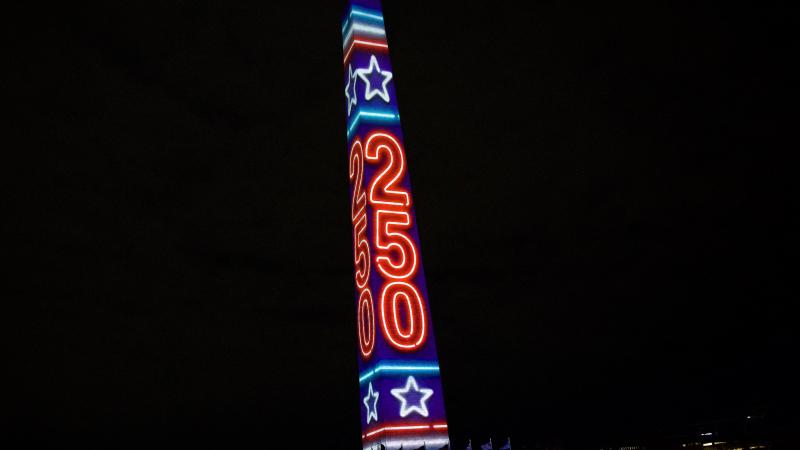CDC bought location data from phones in U.S. to track effectiveness of COVID, other policies
The one-year's worth of data was reportedly purchased from data broker SafeGuard for $420,000
The Centers for Disease Control and Prevention reportedly bought access to location data from tens of millions of phones in the U.S. to analyze compliance with curfews, track patterns of people visiting K-12 schools and monitor the effectiveness of agency policy in the Navajo Nation.
The plan is being reported by Motherboard based on CDC documents the tech news website obtained.
The documents also show the agency used COVID-19 as a reason to buy access to the data more quickly but intended to use it for more general purposes.
A phone’s location data can show where a person lives, works and where they went, according to Vice.
Vice also reports the type of data the CDC bought was aggregated – meaning it was designed to follow trends that emerge from the movements of groups of people. However, researchers and other critics of the agency's plan say such data can be used to track specific people.
The agency paid $420,000 to the data broker SafeGraph for access to one year of data.
The CDC documents were obtained through a Freedom of Information Act and include the stated objective to examine "the correlation of mobility patterns data and rise in COVID-19 cases ... ."
The CDC published a study in September 2020 that analyzed whether people across the country were following stay-at-home orders that appeared to use SafeGraph data, Vice also reports.
















